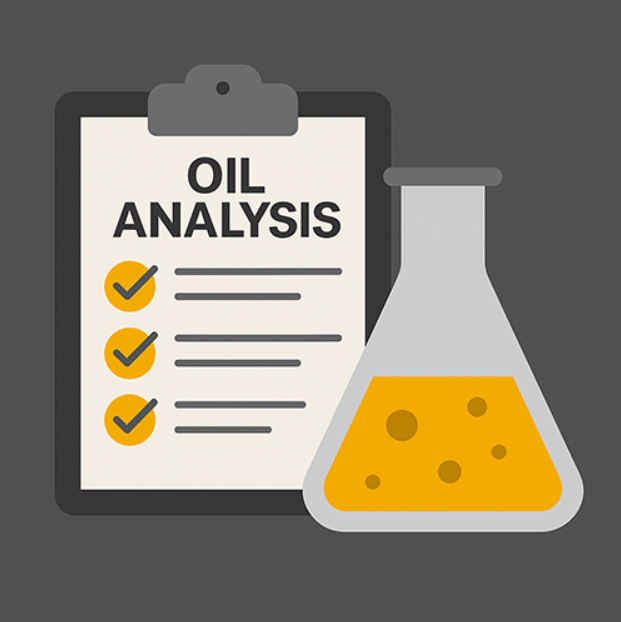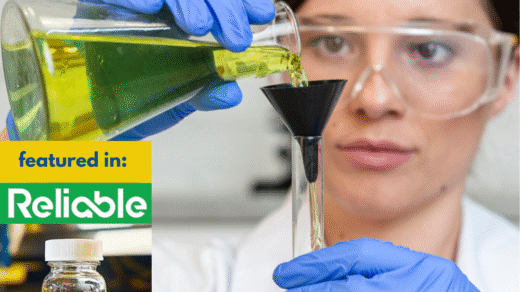Condition monitoring began as a way to detect anomalies in our equipment using various types of technologies. These include: vibration, ultrasound, infrared, oil analysis, and even temperature.
These were all conditions that were “aligned” with what was happening on the inside of the machine. As such, changes in their values usually indicated that something was occurring, but it was up to the trained analyst to determine if that was a good thing or a bad thing.
The most effective reliability programs blend multiple condition monitoring technologies to catch failures before they happen.
For this article, we will focus heavily on oil analysis, but this does not mean that it’s the only technology that should be used for monitoring your equipment. It has been proven that a combination of technologies can maximize the opportunity to detect an impending failure earlier and allow the maintenance team to act/plan accordingly. This can save millions of dollars depending on the industry and the type of equipment.
How to use Oil Analysis as a Core Condition Monitoring Tool
Stated, oil analysis can be any test performed on the oil that has been in use in the system. It is essential to note that the oil sampled should be representative of the system; otherwise, the results can lead to operators making inaccurate decisions.
For instance, oil taken from a dead leg of the equipment or in a stagnant zone does not truly represent the oil in the system. This can give a false representation of the system and cause misdiagnosis.
Depending on the equipment being monitored, specific tests would be required to determine the health of those systems. For example, with a turbine oil, one specific test would be the RULER® test to determine the remaining useful life (in the form of antioxidants).
However, if this test were performed for a transformer oil, it would not provide the operator with the necessary information, and more aligned tests such as Viscosity, Dissolved Gas Analysis, or Flash point would be more suitable.
Find out more in the full article, "How to extend oil Drain Intervals Safely using Condition Monitoring" featured in Precision Lubrication Magazine by Sanya Mathura, CEO & Founder of Strategic Reliability Solutions Ltd.






